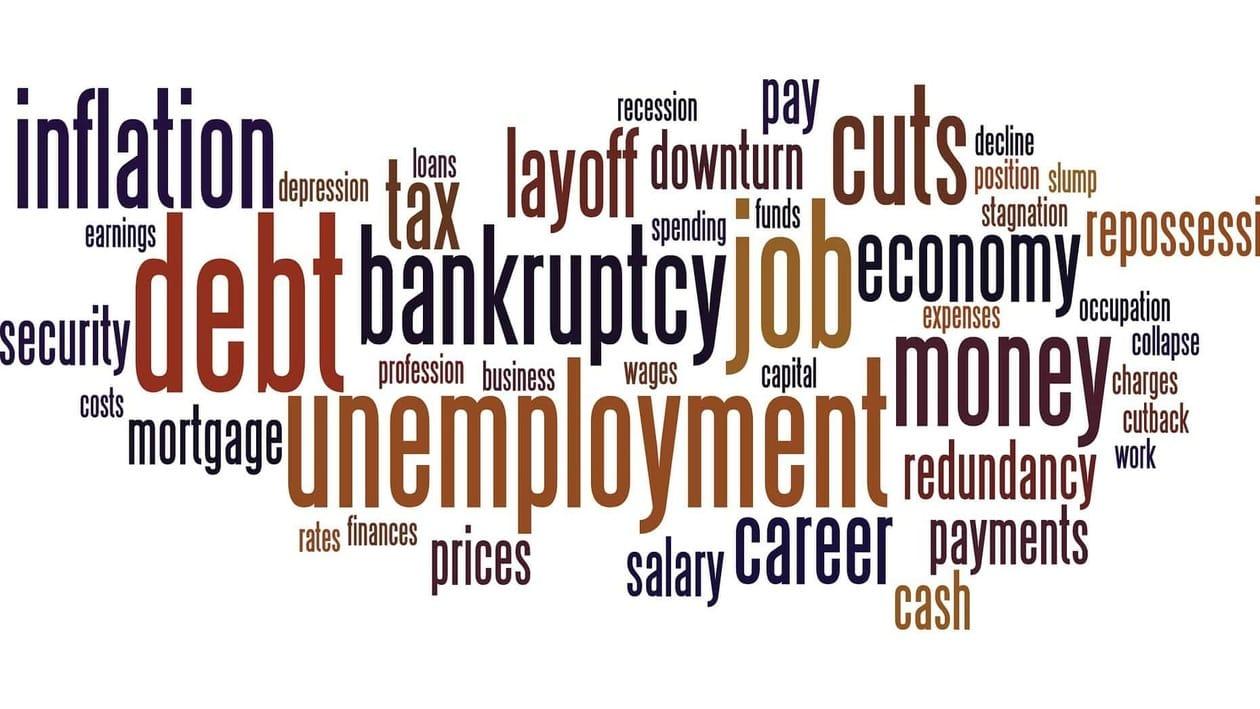Amazon plans to lay off 10,000 employees as an inevitable measure to tackle its mounting losses. Last week, Meta and Twitter fired more than 50 per cent of their staff last week hinting at something very ominous in the tech space. The sudden mass layoffs hint at the importance of financial planning and most importantly the need to have an emergency fund in place.
There is a lot you can do if you have enough money set aside as emergency corpus. Living stress-free during difficult times can be strenuous, especially, if you do not have enough to pay your bills. Also, sudden financial difficulties that come unannounced will only exacerbate your problem. While many people advocate taking a personal loan to meet emergencies, you must remember that these are high-interest loans, thus, adding to the burden of your existing financial burden.
It does not matter if you have been laid off or not. Experience is a master teacher, even when it’s not our own. This implies why you must use this as a learning experience to either start an emergency fund now or ensure that you put in more money into that fund if you have one. Having an emergency fund can help you sail through uncertain times today when companies are losing money and firing their employees to offset their losses against their operational expenses. Building a strong emergency fund will ensure
Adequacy of funds
In the absence of income owing to sudden unemployment or business losses, the money in your fund must be enough to keep you stress-free. It should be able to withstand financial shocks. For example, if you have a sudden medical exigency in your family and are unable to work for a prolonged period due to this, you should be able to take a break san any financial concerns. Ideally, your emergency fund should be large enough to last six to 12 months.
Enough liquidity
What is the use of funds or investments if you cannot use the money to tackle emergencies? An emergency fund ensures enough liquidity to be able to generate enough money to pay for sudden and unforeseen needs.
Emergency fund categories
Many people misconstrue building an emergency fund as equivalent to allocating a part of their earnings to their savings accounts. You may attribute this to their ignorance or short-sightedness when it comes to dealing with emergencies. While planning or building an emergency fund, you must consider both short-term and long-term needs. This is why you must insist on having two types of emergency funds, viz., a short-term emergency fund and a long-term emergency fund.
Set aside a short-term emergency fund to have enough money to pay for sudden and unplanned events like home repairs, unexpected travel, family member health issues, and so on. You can keep this money in cash at home or in your savings account.
The money in long-term emergency funds should be used to tackle major disasters like natural calamities, an epidemic situation such as Covid-19, consequent hospitalization and medical treatment or advancing a new entrepreneurial venture. The money set aside in this kind of fund must be put in a debt fund or a liquid fund that you may redeem as and when required.
How to build an emergency fund?
It is not difficult to build an emergency fund. You just need to take some simple measured steps to ensure its continuity and liquidity.
First, plan a budget based on your monthly income expenses. While listing down your expenses, divide them into essential and sudden expenditures depending on your experience(s).
Secondly, you are setting aside enough money to last a year. This is why you must multiply monthly expenses by 12. The figure you get is the bare minimum that your fund must have at all times. For example, if you spend ₹40,000 per month, your emergency fund should be worth at least ₹4.80 lakhs.
Third, now check how much money you can afford to set aside every month for this fund. One way is that you allocate the amount immediately after getting your salary credited to your account. Also, check your expenses and see if there is any that you can do without.
For example, you can always do away with paying subscription fees for various OTT platforms. Once you have realized the expenses that you can cut down without hurting your daily life needs, decide on the amount you can set aside to work on your emergency fund.
Fourth, the emergency fund corpus need not be idle cash lying at your home. Instead, keep only a part of it that you would need to meet your short-term needs and then invest the remaining in fixed deposits or debt funds. The idea is to ensure that there is enough liquidity when required which is possible only through debt fund investments including liquid fund options or bank deposit schemes.
There is no ideal time to build your emergency fund. By failing to prepare, you are preparing to fail. This is why you must prepare immediately for any untoward event(s) now. Prioritize working on your emergency fund so that you are financially well adept to deal with your challenges later.
